Hygen Hound
Hygenhund
 fci
fci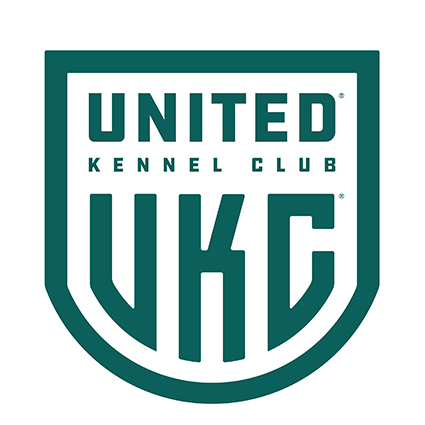 ukc
ukc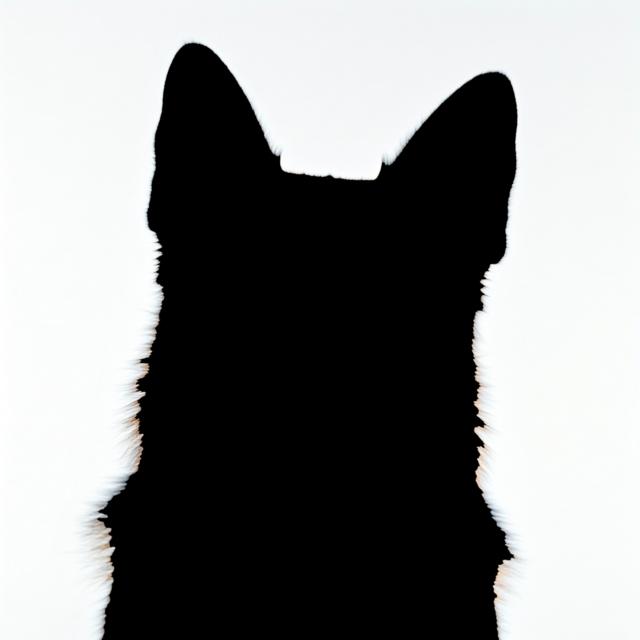
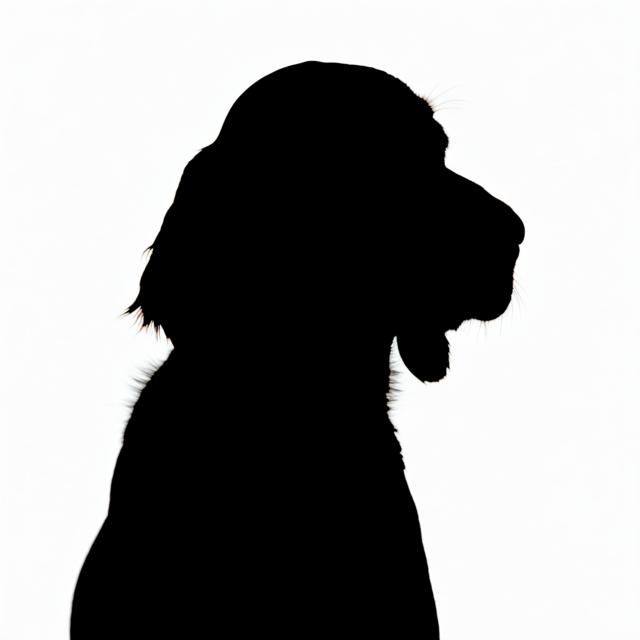
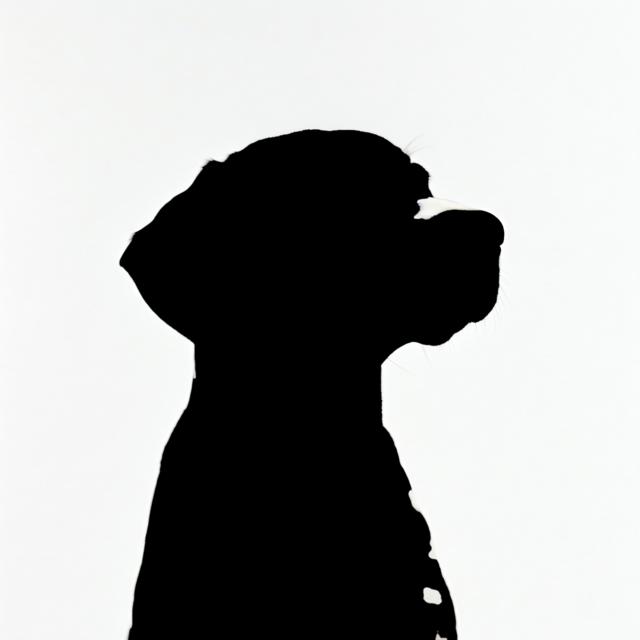
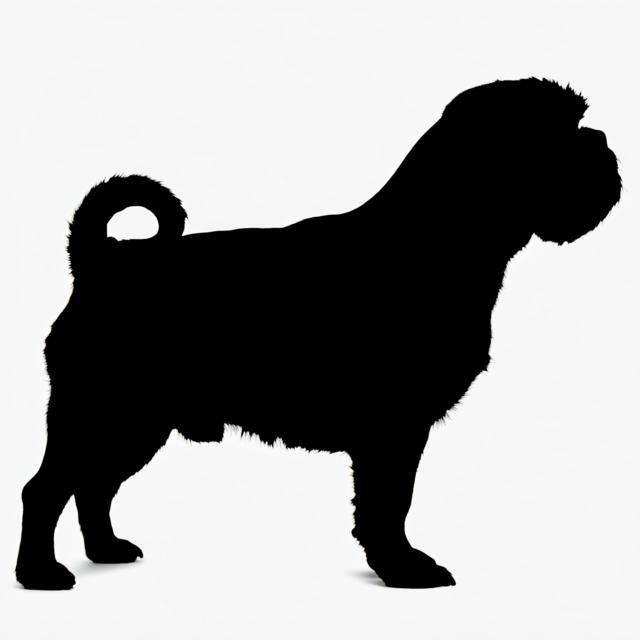
Summary
- The Hygen Hound is a medium-sized scent hound originating from Norway, known for its reddish-brown coat and hunting prowess, requiring high exercise and an experienced owner. They are energetic and independent, needing consistent training while being friendly and playful with family.
Origin and Purpose
- Developed in Norway by breeder Hans Hygen in the 1800s
- Used primarily for hunting hare and fox.
Appearance
Dimensions
| Gender | Height | Weight |
|---|---|---|
| Female | 47-55 cm (18.5-21.7 inches) | 18-23 kg (40-51 lbs) |
| Male | 50-58 cm (19.7-22.8 inches) | 20-25 kg (44-55 lbs) |
Coat
| Attribute | Notes |
|---|---|
| Color |
|
| Type |
|
| Length |
|
Care
| Attribute | Notes |
|---|---|
| Shedding |
|
| Grooming |
|
| Drooling |
|
Body
| Attribute | Notes |
|---|---|
| Head |
|
| Skull |
|
| Ears |
|
| Eyes |
|
| Nose |
|
| Muzzle |
|
| Teeth |
|
| Neck |
|
| Forequarters |
|
| Fore Legs |
|
| Hindquarters |
|
| Hind Legs |
|
| Feet |
|
| Tail |
|
| Gait |
|
Temperament
- Energetic
- Courageous
- Independent
- Alert
- Intelligent
- Friendly
Social
| Attribute | Notes |
|---|---|
| Affectionate with Family |
|
| Good with Children |
|
| Good with Dogs |
|
| Good with Cats |
|
| Openness to Strangers |
|
| Playfulness Level |
|
| Protective Nature |
|
| Adaptability Level |
|
Working Roles
- Scent hound
- Hunting
Exercise Needs
- High
Health
- Generally healthy
- Hip dysplasia may occur
Additional Notes
- Needs an experienced owner due to independence
- Requires consistent training
- Best suited for active owners